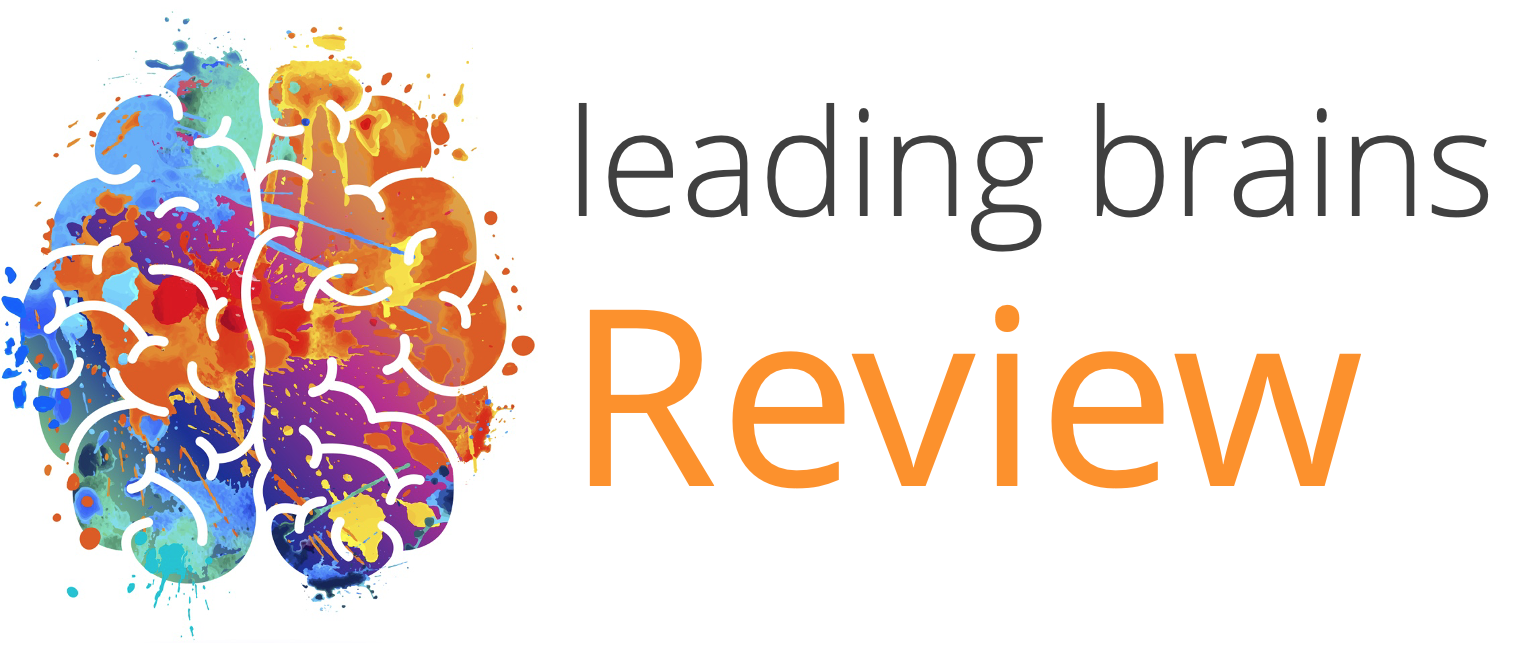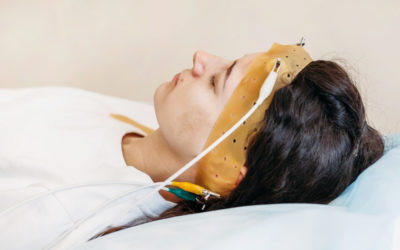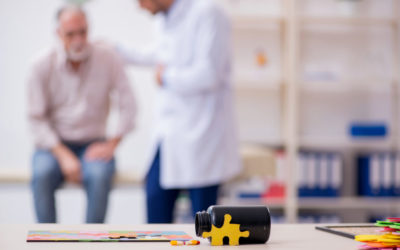
Near-death experiences have fascinated many people ever since they have been reported. And these experiences guide our view of how we die: the memories of your life passing in front of your eyes, the tunnel of light, the floating movement towards a bright light.
However, this has been difficult to research. The nature of being near to death, or briefly dead, means different things may happen in the brain that can cause hallucinations. For example, Olaf Blanke showed that out of body experiences can be induced in healthy individuals by activating and deactivating different parts of the brain.
Enter this case whereby a team of researchers around Dr. Ajmal Zemmar, a neurosurgeon based at the University of Louisville, actually managed to get EEG recordings of a person as they died.
No this was not a bizarre experiment, which is difficult to run, and would have many moral implications. They had wired up this 87 year-old who was having a severe epileptic seizure, which could be fatal, to try and see what was happening — however this individual had a DNR (do not resuscitate) status and after consulting with the family the patient passed away. This provided the only known example of a person with a quality EEG recording during death.
Obviously, it is a case of only one person who has just had a major epileptic seizure but provides the first glimpse of what is happening in the brain during death. So, you may want to know whether your life’s memories pass in front of your eyes?
Well, they did see a spike in gamma brain wave activity, and gamma waves are also associated with memory recall, shortly before death. However, a gamma spike could also mean many other things. They also noticed enhanced neuronal coherence and coupling — basically showing coordinated activity across the brain.
This case study of one person is therefore interesting, but as a population of one, difficult to draw any conclusions. However, it is a start to get the neural signature of death. What they did note however, is that death is not a sudden thing but much more drawn out than you might expect with cells and processes shutting down over minutes, and hours.
On the same topic another group of researchers around Sam Parnia have also issued a position statement on death and also near-death experiences — this summarises the research but also calls for more structured research around this to pull together these strands of evidence and give greater clarity as to how and in what form death happens and the experiences that accompany this — including those near-death experiences.
I’ll certainly be watching this space with interest.
References:
Vicente Raul, Rizzuto Michael, Sarica Can, et al.
Enhanced Interplay of Neuronal Coherence and Coupling in the Dying Human Brain
Frontiers in Aging Neuroscience: 14; 2022
DOI=10.3389/fnagi.2022.813531
Sam Parnia, Stephen G. Post, Matthew T. Lee, et al.
Guidelines and standards for the study of death and recalled experiences of death — a multidisciplinary consensus statement and proposed future directions.
Annals of the New York Academy of Sciences, 2022
DOI: 10.1111/nyas.14740
More Quick Hits
Disagreements Improve Team Perception
We might assume that agreement would be high in high-performing teams – this study shows the opposite…
Brain Cells Adapt to Help You Stay Awake
Falling asleep is a funny thing – you don’t need to think about it when it happens but can cause many people who can’t incredibly frustration…
Dad Brain is Real
We know that mothers go through multiple physical and psychological changes after birth (and before) including change in brain structures but what about fresh fathers?
Mask-Wearing Makes You Better Behaved
This is a fascinating study that shows that wearing masks changes behaviour in subtle but important ways…
Coffee Can Help You Live Longer
Yes, that is good news for you (us) coffee drinkers. This supports plenty of more recent studies which have shown the health benefits of coffee…
Big Kids Die Earlier!
Before you panic – the conclusion in the title is based on research into mice not human beings – but there could potentially be some important insights for us human beings as well.
Petting (Real) Dogs Activates the Social Brain
There have been lots of studies into the positive impacts of having pets around us – but this study just published looked at brain activation patterns while being with a dog, petting a dog, and…
Metabolism Predicts Brain Health
Understanding the link between dementia, brain health, and various metabolic disorders such as obesity is important and gives us important clues in…
Super Agers Have Super Neurons
SuperAgers are those who live long, over 80, but retain their cognitive functions including a healthy functioning memory and seem to avoid neurodegenerative disorders such as Alzheimer’s…
How Nature Lowers Stress in Your Brain
Nature is overwhelmingly good for wellbeing but there are many chicken-or-egg problems with the research. This study…










